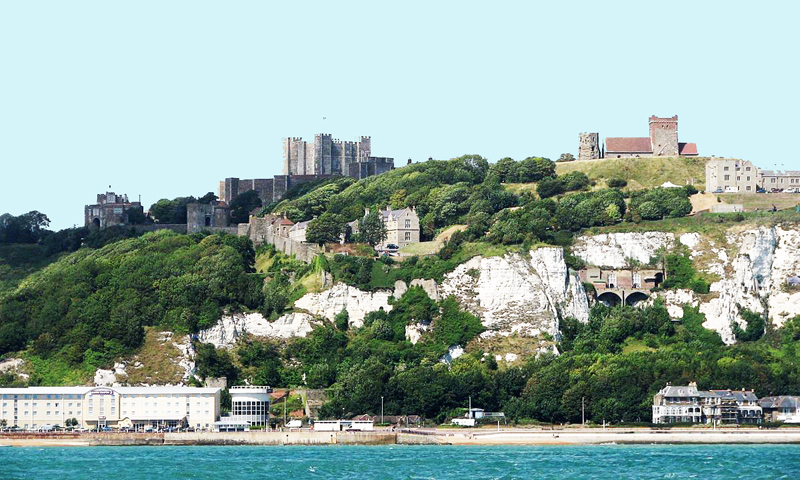
Dover
The Romans called it ‘Dubris’ and the Saxons named England’s closest transit point to Europe ‘Dofras’. The 19th century saw the population of Kent’s town of Dover increase six-fold due to the development of its harbour, both for defence purposes and, after the railways and trams were invented, for commercial travel. The Strait of Dover is all that separates Dover from France, just 23 miles away. It is the UK’s busiest ferry port and it is perhaps its geographical vulnerability which deters its expansion into a city.
As part of its fortifications, Dover Castle was built and re-built after the Norman invaders set fire to it. Dover was attacked by the French in the 13th century and in WW2 it was shelled from the French coastline, but it held fast. King Charles II (1630-85) landed on its beach in the Restoration, as did thousands of soldiers evacuating from Dunkirk in 1940.
Several engineering solutions have been implemented to combat the problem of shingle mounting up in the harbour mouth, hence the long piers and the separation of the ‘refuge’ harbour of 610 acres from the commercial harbour of 68 acres.
Dover’s iconic chalk cliffs were immortalised in this WW2 song performed by Dame Vera Lynn (1917-2020):
(Top image of Dover Castle as seen from the English Channel: Alex Dawson at Wikimedia Commons / CC BY-SA 2.0)
